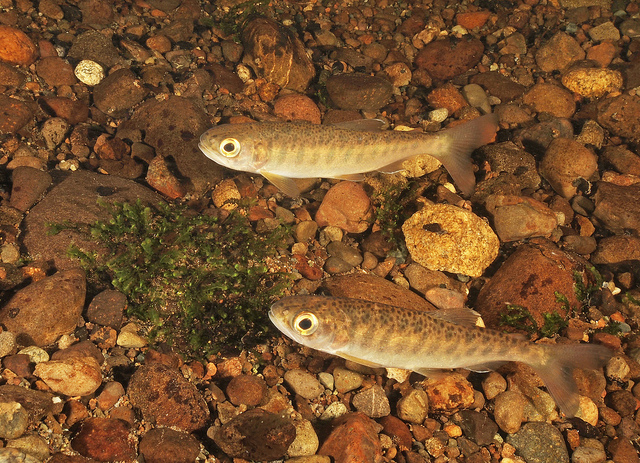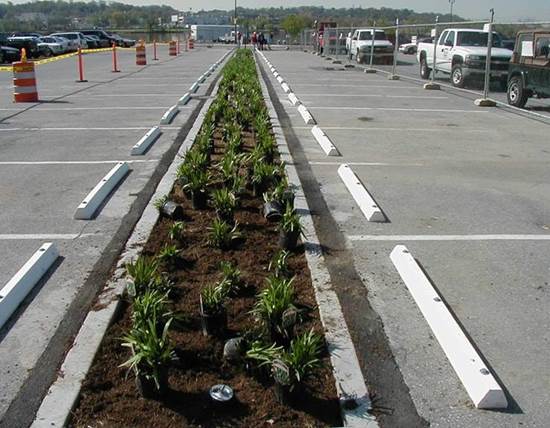
Rendering of Southwest Resiliency Park. Image credit: UNISDR
On March 3, the United Nations Office for Disaster Risk Reduction designated Hoboken, N.J., a role model for the Making Cities Resilient campaign due to its flood risk management practices. These practices include plans to retain more than a million gallons of stormwater runoff through green infrastructure.
This makes Hoboken one of 45 cities worldwide recognized as a role model by the United Nations. It is only the second such city in the United States. The first was San Francisco. There are more than 2400 cities and towns worldwide participating in the campaign, including 73 capital cities that represent a collective population of 700 million people.
In a letter announcing the designation, German Velasquez of the UN Office for Disaster Risk Reduction wrote: “Your city’s efforts in enhancing its physical infrastructure to improve its capacity in dealing with flood risk have been well-recognized. Moreover Hoboken’s attention to land use regulations and expansion as well as its efforts in informing [the] public through the city website and social media have stood out as exemplary.”
The City of Hoboken is pursuing several strategies to mitigate flood risk. On March 5, the city council voted to advance the Southwest Resiliency Park, designed to hold more than 760,000 L (200,000 gal) of rainwater. It also approved funds to acquire 2.4 ha (6 ac) of land for a Northwest Resiliency Park, which will be designed to hold at least a 3.8 million L (1 million gal) of stormwater. Previously, the city council also approved financing for Hoboken’s second wet weather pump station, which will alleviate flooding in western Hoboken.
Additionally, a comprehensive resist, delay, store, discharge water management strategy that will protect Hoboken, Weehawken, and northern Jersey City from flooding won $230 million in federal funding through the Rebuild by Design resiliency competition. The award is expected to fund the implementation of the “resist” element of the strategy.






